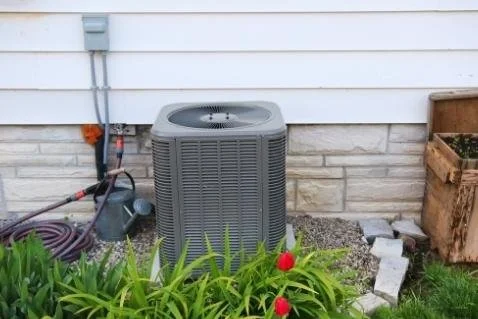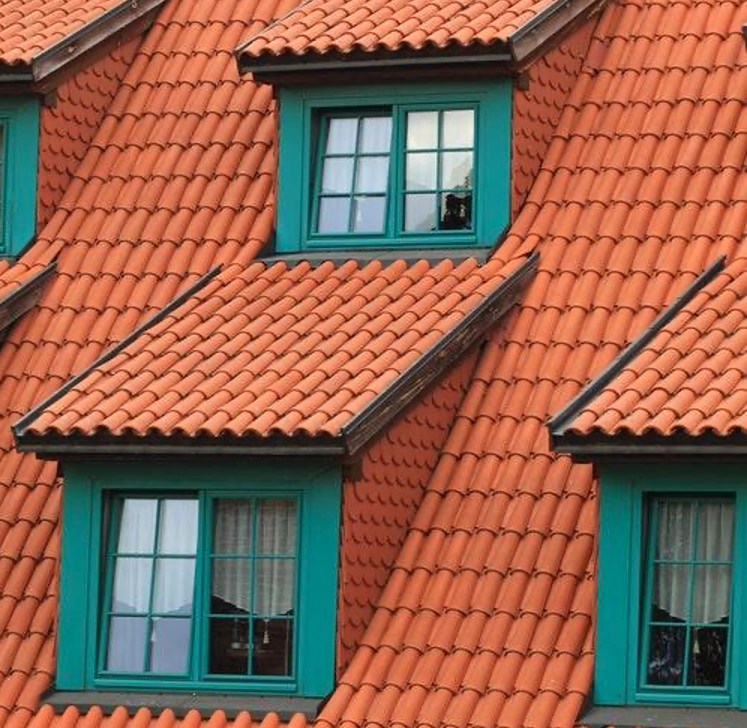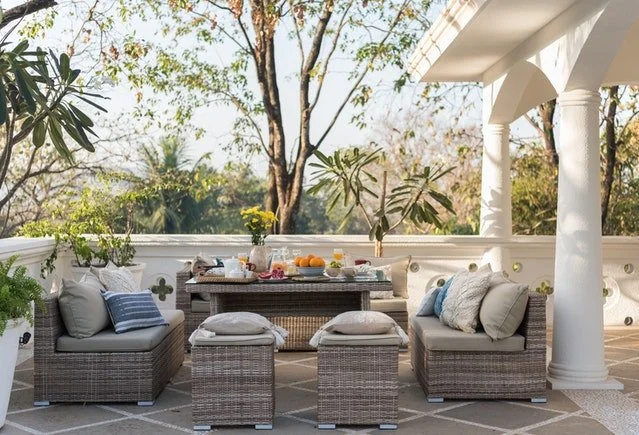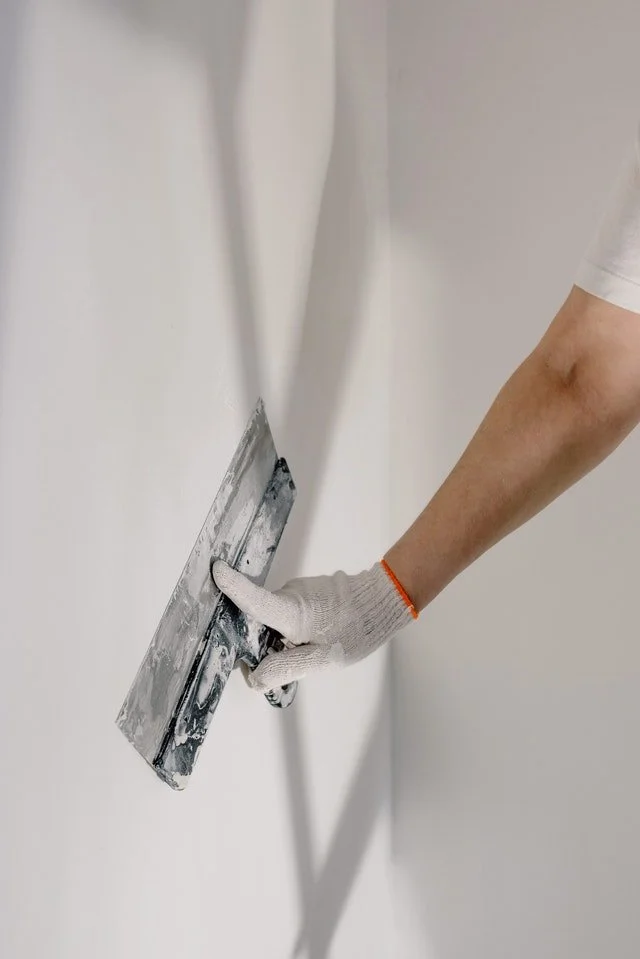All You Need to Know About Indoor Plumbing
RH Business Marketing Solutions
Commercial buildings use their plumbing system daily because it's an integral part of any structure. It's also essential that a plumbing system runs perfectly every day because people use it every day. Keep in mind that building owners have to learn about their building's plumbing system to ensure they resolve plumbing issues as quickly as possible. They even install specific features like adjustable and magnetic access doors to make the plumber's job faster and easier.
You should expect many issues to arise, especially when your building has an extensive system. Even learning the basics about the system can make a huge difference in how it will function.
Plumbing System Components and Their Functions
Unaware people think a plumbing system only consists of pipes beneath floors and walls. Usually, a standard plumbing system doesn't have mechanical parts and mainly works through water pressure, gravity, and the water's principle of requiring equal levels. A complete plumbing system has several functions that utilize concepts that include:
Water intake source
Drainage systems
Plumbing fixtures
1. Water Intake from a Specific Source
The water intake source is one of the two critical subsystems in an extensive plumbing setup. Most pressurized water goes into a standard-sized building through a meter, which measures the intake amount from the main water line. In other locations like rural areas, water gets pumped from a private water source and goes through a pressure tank.
Both use pressure to drive water upwards, and you can control them by valves installed in different building areas until someone allows it to escape by using a faucet. All water intake systems contain a single or specific shut-off valve for each plumbing fixture.
2. Drainage Systems
The second component is the drainage system, which works differently from a water intake system because it doesn't rely on pressure. Instead, it depends on gravity and how contractors angle the pipes precisely to bring wastewater to a septic or sewer system. You can find that the pipes underneath bathtubs or sinks have a curvature to permit water to flow down.
Those pipes also contain enough water at the bottom of a curved tube to contain waste gasses that prevent them from going up to plumbing fixtures. You can, most of the time, access the traps to eliminate accumulated debris, such as grease, hair, and hygienic products.
3. Plumbing Fixtures
Examples of plumbing fixtures include tubs, showers, faucets, sinks, toilets, bidets, and even appliances like a dishwasher. Most will have water inflow and outflow to bring clean water and quickly remove wastewater.
The Different Plumbing Pipes
Besides learning about the plumbing system components, you also have to know what pipes your building uses and needs for many reasons, like adhering to strict building codes. Each type of plumbing pipe also has specific uses since some building areas can damage pipes faster like constant moisture exposure.
- Brass Pipes
The first type is brass piping, one of the most favored choices for structures requiring a plumbing system with an extensive lifespan. However, the brass pipe's alloy needs at least 85% copper to achieve maximum strength and avoid rusting or friction loss. You can also thread and install brass pipes easier than steel pipes, making it an excellent choice for commercial buildings and spaces.
- Stainless Steel Pipes
Another well-known type you can use is stainless steel pipes, and commercial structures also choose this because it doesn't rust as fast. You can install these in buildings near seawater, and they won't rust or break. Stainless steel pipes' only downfall is that they don't come cheap.
- Copper Pipes
Copper pipes are similar to stainless steel with durability and corrosion resistance. Additionally, copper can handle high-pressure hot and cold water. You can find this installed underground and used to handle refrigerants.
- PVC Pipes
PVC pipes are made of plastic and don't handle heat exposure very well. That's why you'll only see this type indoors, primarily used for drains. They also don't flex very well, so it requires fittings to make them turn in another direction. PVC pipes work best if you are on a budget and only want to use them for indoor purposes.
You can always talk to an expert plumbing contractor to get more details about your plumbing system. It is an extensive system that requires months or years of studying and application. Hopefully, the points above can give you an idea of how to better care for your plumbing system.
Guest Contributor: Chris Jackson













